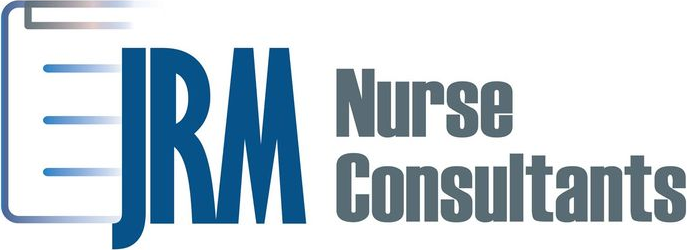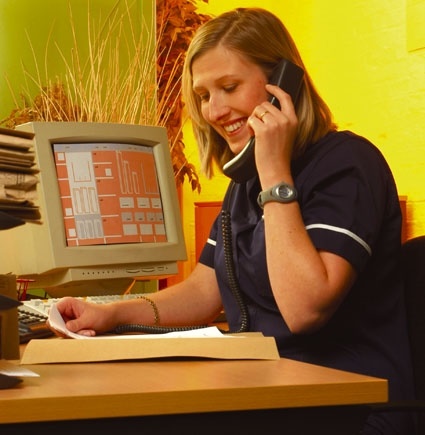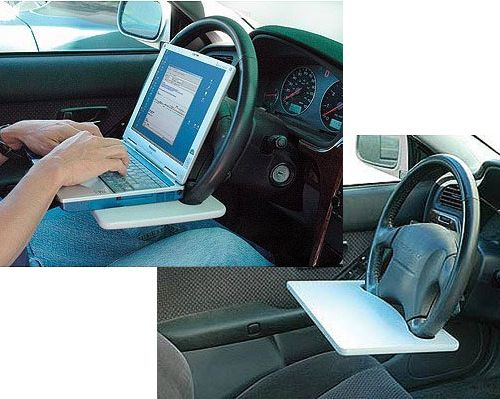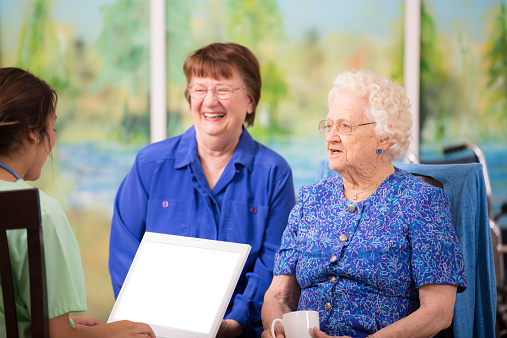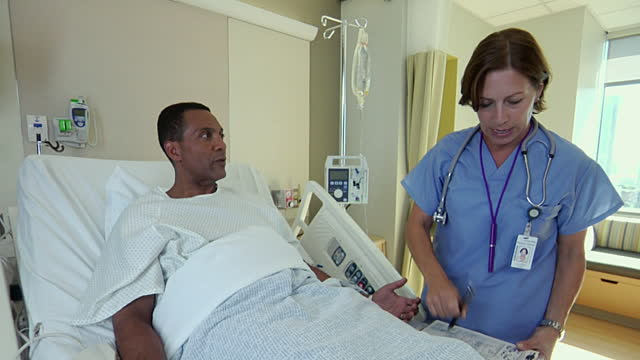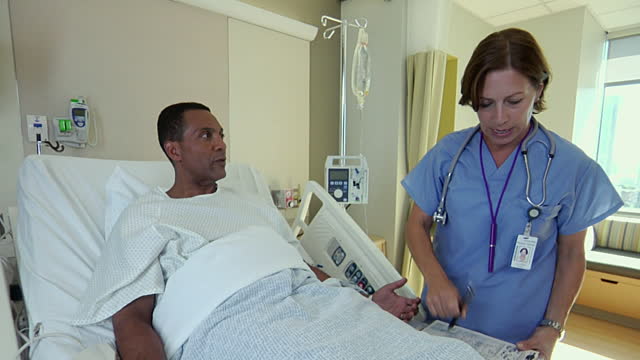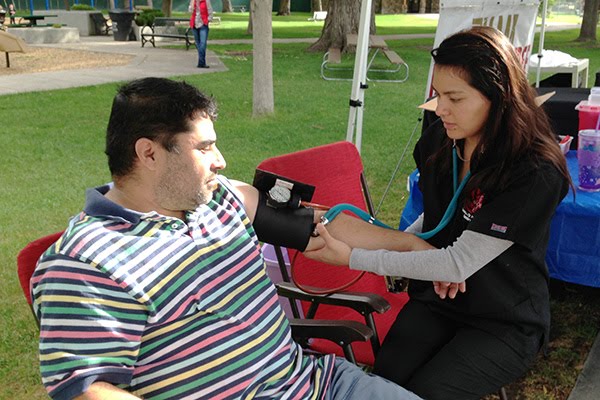As a nurse leader, one has to be able to communicate with the staff and the patients as well. Nurses are influential in informing people about changes that will affect their health (http://www.health.gov/communication/resources/Default.asp). Patients do not like change, much like we do not like change. In order for you to make an impact on someone to change, the person has to be able to feel that remaining the same will be more painful physically or emotionally than making the change itself. For example, the patient that is a diabetic but insists on eating the wrong foods because they like cookies, cake, ice cream and soda, has to be willing to want to make a change. The obvious change that we want to see is that the patient follows a diet and exercise routine to maintain his diabetes so that he can avoid elevated blood sugars and all the other complications to the body that come from elevated blood sugars.
Sometimes the assistance of oral agents to control the blood sugar is necessary. The painful alternative to not stopping the inappropriate diet would be, monitoring blood sugar four times a day and administering insulin on a sliding scale. The pain of needle sticks and frequent trips to the doctor to manage the diabetes may be an incentive to the patient to follow his diet.
Now on the management side of things, just as communication is going to be the key to our patient accepting change, this is also true for employees. In a previous position, change was always happening. We were dictated and told that the change was here and it was happening effective yesterday as the expression goes. As managers we were to accept it, implement it and move on to the next thing (Stevens & Caldwell, 2012). The employees were kept in the dark and not given much information except to say that the change was here and it had to be done to perfection. An example was a company department goal that was added to the staff evaluation was to have zero mistakes on any reports based on the staff doing their work one hundred percent perfect with no margin of error. It was an unattainable goal as no one in this planet is perfect. The staff was never made aware of this goal and how it would be tied to the financial aspect of the company. If the employee had one mistake this would affect whether they obtained a bonus or a raise.
When I was in a leadership position, my leadership with my team has to be such that I could be and influence to them in a positive way and be able to help them grow and embrace new changes. This was not an easy process for me as I always try to be there for my staff, but there is no one there for me. I opted not to be a transactional leader to my team. I opted to be a transformational leader that will help their team grow in the long run.
References
Stevens, K. R., & Caldwell, E. (2012, August 29, 2012). Nurse Leader Resistance Perceived as a Barrier to High-Quality, Evidence-Based Patient Care. The Ohio State University Research and Innovation Communications. Retrieved from http://www.health.gov/communication/resources/Default.asp
